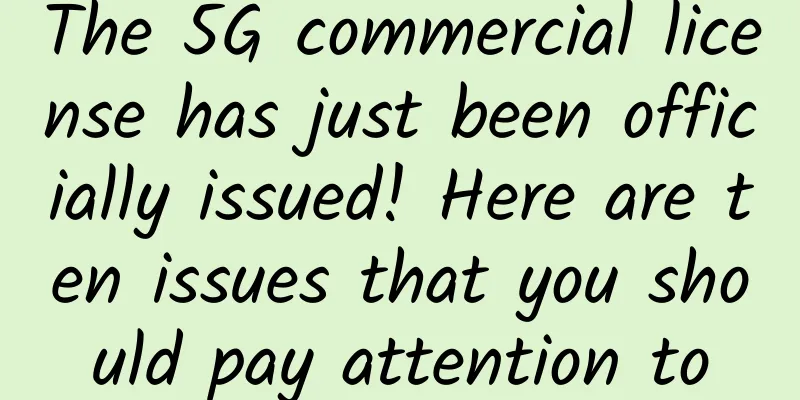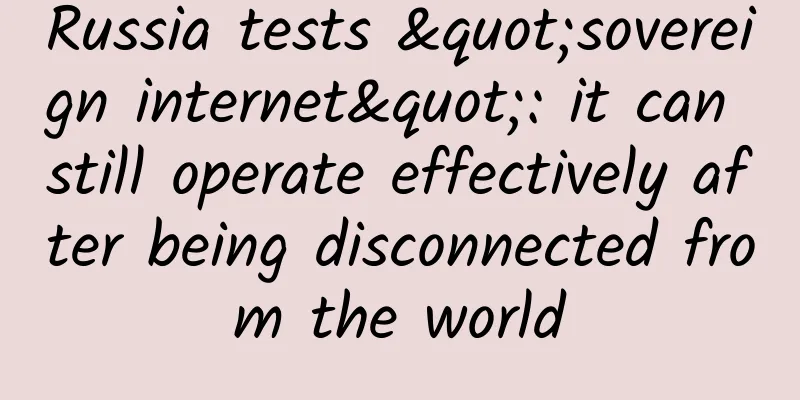TCP/IP based application programming interface

|
In "TCP/IP Basics: Data Encapsulation", we mentioned that each layer in the network layer interacts with each other through interfaces and provides services. The interface between the application layer and the user is called the Application Programming Interface (API). API is actually a collection of functions, or a collection of definitions and protocols. Regardless of the type of collection, its essence is to shield users from implementation details and complexity through abstraction.
The main purpose of an API is to provide application developers with the ability to access a set of routines based on certain software or hardware without having to access the source code or understand the details of the internal working mechanism. From the user's perspective, the application program interface is presented as a series of API functions that users can use to develop network applications. From a network perspective, the application programming interface provides users with a set of methods that they can use to send service requests, information, and data to the application layer. Each layer in the network responds in turn, ultimately completing network data transmission. The role of API is mainly reflected in the following aspects.
There are many application programming interfaces at the application layer, and they are developing rapidly. The more common ones include Socket, FTP, HTTP, and Telnet. These interfaces can be divided into four categories:
For example, the FTP protocol belongs to the file interface, based on which users can share and transfer files across the network. Socket and HTTP can be attributed to data communication interfaces, based on which users can develop network communication applications and web page interactive programs. From the perspective of programming development, whether it is FTP, HTTP or Telnet, they are all application layer protocols developed based on the Socket interface. They are further encapsulation and abstraction of the Socket interface, thereby providing users with a higher level of services and interfaces. There are two commonly used socket types: stream socket (SOCK_STREAM) and datagram socket (SOCK_DGRAM).
In terms of user interface, there is also the transport layer TLI interface, which was developed by AT&T and is sometimes called XTI. It is an application program interface provided by the transport layer for users and can be used to develop applications at the transport layer. |
<<: How to protect data center power systems from winter threats
>>: Will ZeroNet subvert the existing Internet network?
Recommend
Interesting explanation of TCP three-way handshake and four-way wave
Students who have studied computer networks know ...
100 basic network knowledge popularization, read it to complete half of the network master
This article is about popularizing 100 basic netw...
Misunderstood 5G antennas disguised in layers - I feel bitter but cannot express it
What do you think of when you mention 5G antennas...
Networks, users and terminals have all taken shape, and accelerating 5G "network migration" has become a top priority for operators
It is now late October 2020. In a few days, my co...
Network configuration auditing is more important than ever
To get the most intuitive understanding of how en...
Why 5G Private Networks Are Critical to Enterprise Digital Transformation
Today’s enterprise manufacturing facilities are u...
Solutions for 5G Network Security Threats
With the support of artificial intelligence techn...
Here are 24 C++ pitfalls to avoid.
[[396092]] This article is reprinted from the WeC...
Huawei Cloud Inclusive AI Open Day "Planting Grass" Record: Get Close to 2012 Lab + MVP, Two "Group Favorites"
[51CTO.com original article] Let me start with a ...
Huawei Chairman Liang Hua: Focus on ICT infrastructure platforms and create a fertile soil for ecological innovation
On April 22, Huawei Chairman Liang Hua shared his...
Zero code, new momentum—the "Jiandao Cloud Zero Code Special" of the 2021 Fanruan Intelligence Conference concluded successfully!
On November 27, 2021, the "Jiandao Cloud Zer...
The legend of network protocols (V): The shadow of a great power is hard to eliminate
Vinton Cerf's encounter with TCP/IP began in ...
HostXen offers 50 yuan for new users, starting from 70 yuan per month for 6G memory in the United States/Singapore/Japan/Hong Kong
HostXen is a domestic hosting merchant founded in...
Introduction to MQTT protocol, MQTT is the standard messaging protocol for IoT (everyone in IoT must know)
MQTT (Message Queuing Telemetry Transport) is a &...
How network segmentation strategies work with SD-WAN
Software-defined WANs (SD-WANs) have sparked a re...









